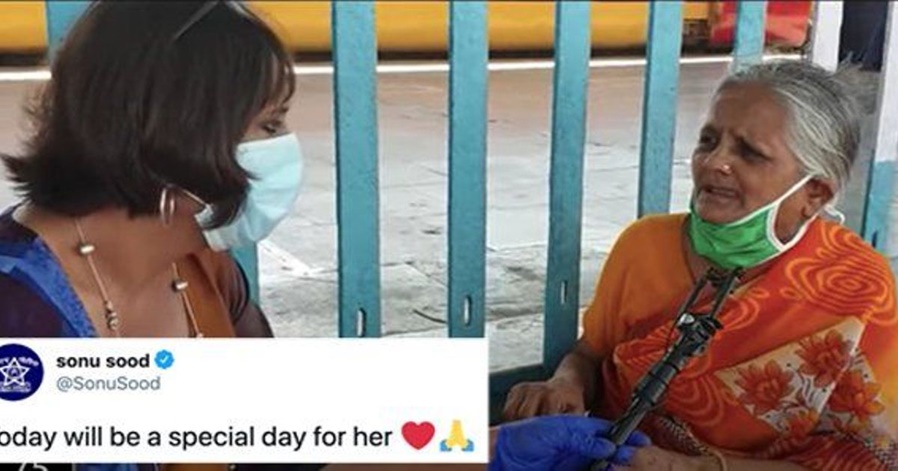Check out how dogs bark in different countries, India- Bho Bho
Dogs are renowned for their diverse barking patterns, and interestingly, different countries associate distinct sounds with these canine vocalizations. In India, for example, the onomatopoeic expression “Bho Bho” closely resembles the characteristic bark of dogs.
Despite dogs not conversing in human languages such as English, Spanish, or Afrikaans, they employ a rich array of barking languages. This article delves into the multitude of dog-barking languages, investigating the correlations between specific languages and the countries where they are prevalent. languages dogs have and which language is used in which country.
While dogs generally make similar sounds around the world, not everyone hears the word ‘woof’ when a dog barks. For example, a Hebrew dog says “haw-haw”, a Japanese dog says “wan-wan” and a Kurdish dog says “hau-hau”. Similarly, there are many other sounds which you will be surprised to know.
Small dogs born in Africa often make sounds like this, blaf, blaf; woe, woe; keff, keff. Similarly, the old dogs in the Basque country often make sounds like this, zaunk, zaunk (large dogs); Jau, Jau. and small puppis, au, au; fu fu In French, dogs often make this sound, waouh, waouh; ouahn, ouahn; vaf, vaf; woof, woof; wouaf, wouaf; Jappe Jappe. Similarly, below are many other languages and the sounds used by dogs in them.
Armenian -haf haf, Burmese – woke woke, Danish – vov vuf, Esperanto – boj boj, Estonian – auh auh, German – wuff wuff; wow wow rawrau rawrau, Greek – ghav ghav, Hebrew – hav hav; hau hau, Hindi – bho bho, Hungarian – vau vau, Indonesian – guk guk, Irish – amh amh, Italian – bau bau, Marathi – bhu bhu; bho bho, Norwegian – voff voff or boff, Persian – vogh vogh, Polish – hau hau, Slovak – haf haf; hau hau, Slovene – hov hov, Spanish – guau guau, Turkish – hev hev hav hav, Welsh – wff wff.
This may be a bit shocking to know but it is a fact. Because language is based on a phonological system that determines which sounds are used and how they are put together.








